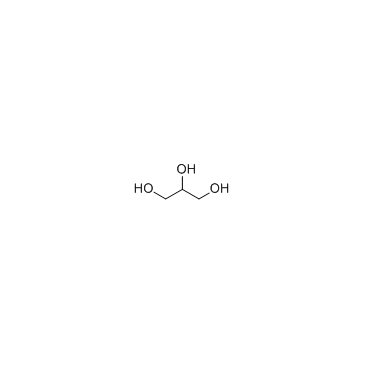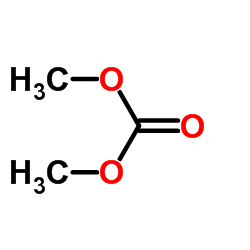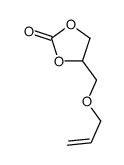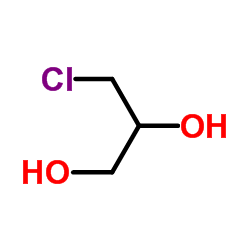4-(Hydroxymethyl)-1,3-dioxolan-2-one

4-(Hydroxymethyl)-1,3-dioxolan-2-one structure
|
Common Name | 4-(Hydroxymethyl)-1,3-dioxolan-2-one | ||
|---|---|---|---|---|
| CAS Number | 931-40-8 | Molecular Weight | 118.08800 | |
| Density | 1.375 g/cm3 | Boiling Point | 353.9ºC at 760 mmHg ,137-140ºC0.5 mm Hg(lit.) | |
| Molecular Formula | C4H6O4 | Melting Point | N/A | |
| MSDS | Chinese USA | Flash Point | 165.9ºC | |
| Name | Glycerol 1,2-Carbonate |
|---|---|
| Synonym | More Synonyms |
| Density | 1.375 g/cm3 |
|---|---|
| Boiling Point | 353.9ºC at 760 mmHg ,137-140ºC0.5 mm Hg(lit.) |
| Molecular Formula | C4H6O4 |
| Molecular Weight | 118.08800 |
| Flash Point | 165.9ºC |
| Exact Mass | 118.02700 |
| PSA | 55.76000 |
| Index of Refraction | n20/D 1.469(lit.) |
| Precursor 9 | |
|---|---|
| DownStream 7 | |
| HS Code | 2932999099 |
|---|---|
| Summary | 2932999099. other heterocyclic compounds with oxygen hetero-atom(s) only. VAT:17.0%. Tax rebate rate:13.0%. . MFN tariff:6.5%. General tariff:20.0% |
|
From glycerol to value-added products.
Angew. Chem. Int. Ed. Engl. 46(24) , 4434-40, (2007) Today, industrial plants that produce glycerol are closing down and others are opening that use glycerol as a raw material, owing to the large surplus of glycerol formed as a by-product during the pro... |
|
|
Cyclic carbonates obtained by reactions of alkali metal carbonates with epihalohydrins. Rokicki G and Kuran W.
Bull. Chem. Soc. Jpn. 57(6) , 1662-66, (1984)
|
|
|
Converting wastes into added value products: from glycerol to glycerol carbonate, glycidol and epichlorohydrin using environmentally friendly synthetic routes. Dibenedetto A, et al.
Tetrahedron 67(6) , 1308-1313, (2011)
|
| EINECS 213-235-0 |
| MFCD00085561 |
| 4-(hydroxymethyl)-1,3-dioxolan-2-one |
 CAS#:124-38-9
CAS#:124-38-9 CAS#:56-81-5
CAS#:56-81-5 CAS#:616-38-6
CAS#:616-38-6 CAS#:556-52-5
CAS#:556-52-5 CAS#:57-13-6
CAS#:57-13-6 CAS#:201230-82-2
CAS#:201230-82-2 CAS#:105-58-8
CAS#:105-58-8 CAS#:826-29-9
CAS#:826-29-9 CAS#:96-24-2
CAS#:96-24-2 CAS#:557-25-5
CAS#:557-25-5 CAS#:538-43-2
CAS#:538-43-2 CAS#:622-04-8
CAS#:622-04-8 CAS#:141734-28-3
CAS#:141734-28-3 CAS#:1400916-65-5
CAS#:1400916-65-5
